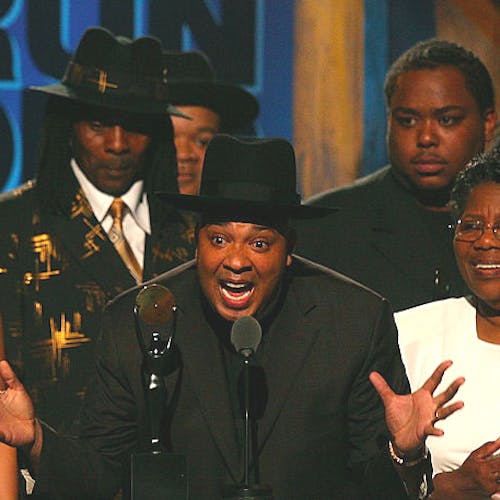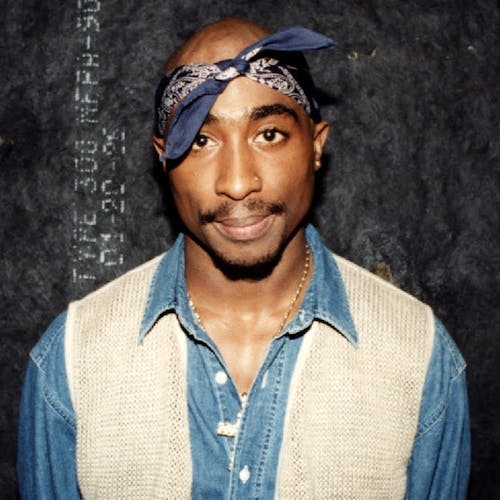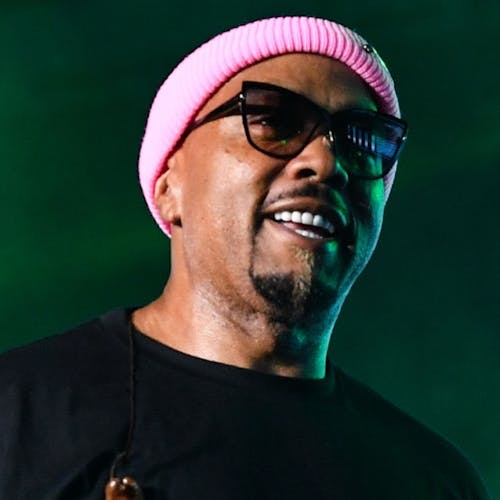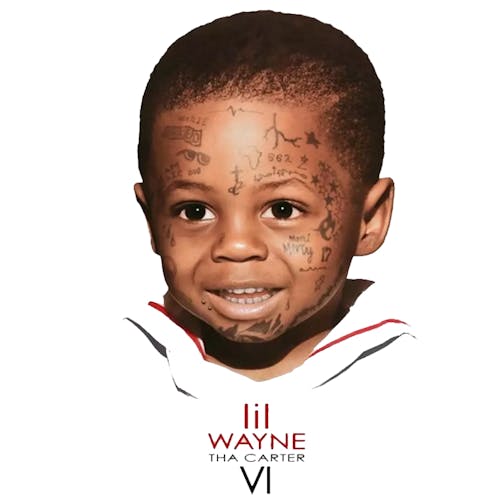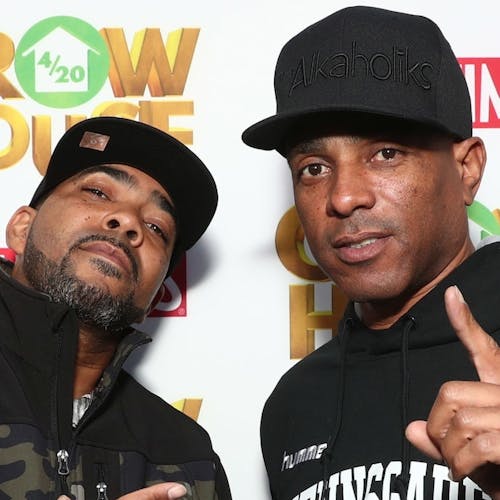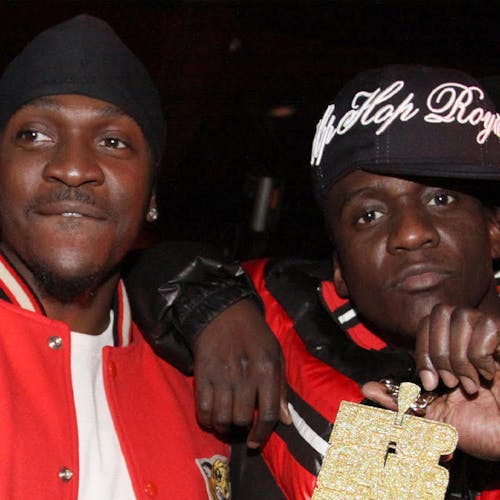
2Pac’s commercial ascent in Hip-Hop is often somewhat under-discussed.
It’s worth noting that the rapper/actor didn’t touch down as a multiplatinum superstar compared to contemporaries like Snoop Dogg and The Notorious B.I.G. No, 2Pac’s rise was something of a slow-burn. However, it should be noted that he’d drawn attention from the first moment he burst onto the scene in the music industry.
That may seem contradictory but understand: all eyes were on Tupac Shakur before all listeners bought his music. He joined Digital Underground after that legendary group released its most successful album, 1990s Sex Packets. Nonetheless, he’d become a fixture in their music videos, and D.U.’s Shock G had pushed Pac’s solo debut album to a top priority within the camp.
The D.U.-produced 2Pacalypse Now arrived in late 1991, and the single “Brenda’s Got A Baby” generated tremendous buzz, but the album struggled to go gold in a year that saw seminal releases by everyone from Ice Cube to A Tribe Called Quest. Pac was making noise, however, his album’s lyrics were thrust into the national spotlight via election-year alarmism.
While stumping for President George H.W. Bush’s 1992 re-election campaign, then-Vice President Dan Quayle called out artists like 2Pac and Ice-T for anti-police lyrics. It made 2Pac one of the most notorious figures in rap, but it didn’t quite make him a household name yet.
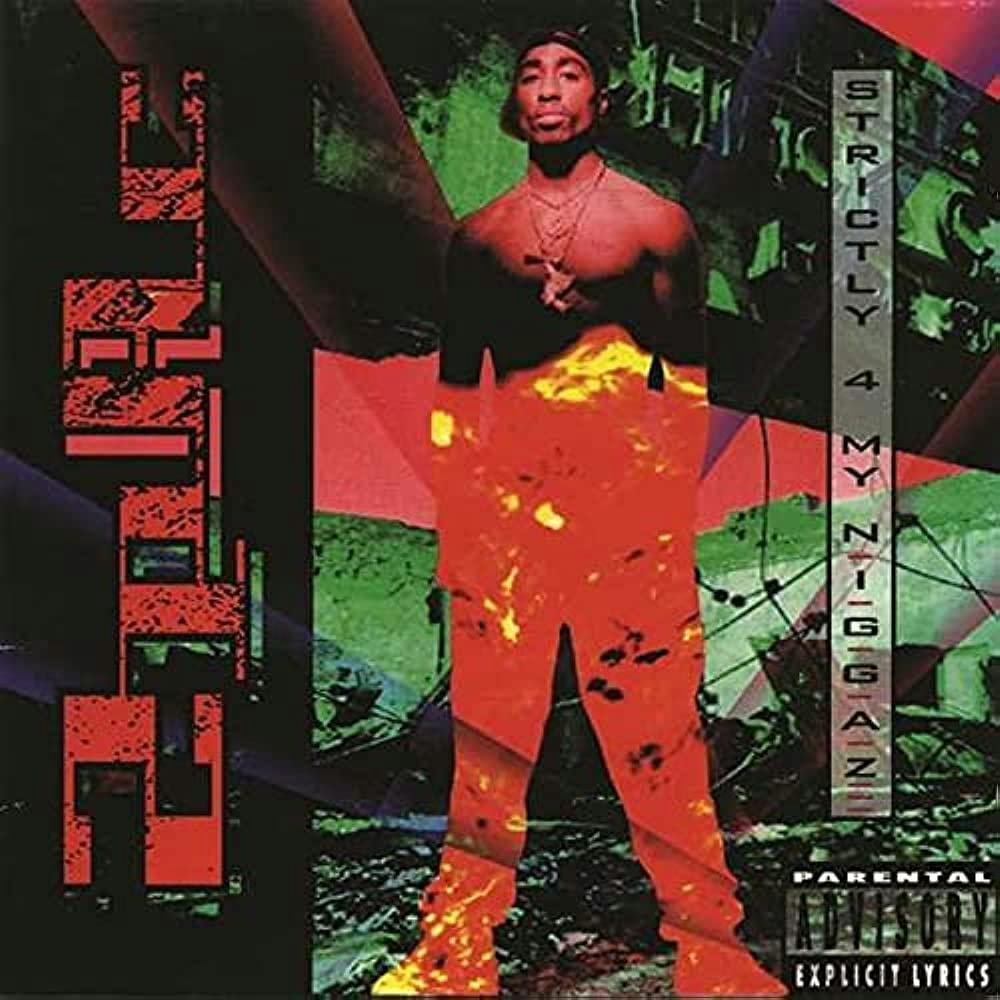
1993s Strictly 4 My N.I.G.G.A.Z. gave 2Pac his first real taste of commercial success, a platinum-seller carried by hit singles “I Get Around” and “Keep Ya Head Up.” Pac was now a significant player in Hip-Hop – and he’d starred in two hit movies: 1992’s Juice was released just months after his debut, while 1993’s Poetic Justice hit theaters the summer after Strictly…
Suddenly, Pac’s star was rising. That climb would continue throughout 1994, as Pac starred in the basketball drama Above The Rim that spring and released the group effort Thug Life, Volume One the following fall. The soundtrack for his hit movie and the Thug Life project were platinum-sellers, and Pac’s commercial stature was cemented.
But it could still be argued that, even as late as the summer of 1994, 2Pac was still not the towering figure he would become. Snoop’s debut Doggystyle was released in the fall of 1993, making him the most famous man in Hip-Hop.
Death Row Records, the notorious label Dr. Dre and Suge Knight founded, dominated rap music well into 1994. Bad Boy Entertainment suddenly rose after the early successes of its breakout star, The Notorious B.I.G. For his part, 2Pac was now in that conversation.
Still, he was most certainly sharing space with several others, including Dr. Dre, Nas, and Wu-Tang Clan, and inspiring the next generation of new music and mixtapes, including Grammy-winning artists like Lil Wayne, Jay-Z and the emerging Roc A Fella and Def Jam record labels, Eminem, Drake, and DMX (Flesh of My Flesh, Blood of My Blood and It’s Dark and Hell Is Hot).
But that would all change soon.
2Pac’s commercial stature was about to leap to a different level in 1995, with some of his greatest hits setting records on the Billboard 200 charts. For almost four years, Pac’s infamy had been swirling, coming to a head in late 1994 when he was set to go to court for sexual assault charges in New York City and when he was shot during an attempted robbery at Manhattan’s Quad Studios. Even the most casual fans know the lore: Pac emerged from the hospital claiming that Biggie and Bad Boy conspired with his assailants. He was subsequently found guilty of the assault charges he was facing and was sentenced to prison at Clinton Correctional Facility in upstate New York.
These dire circumstances had the unexpected effect of raising Pac’s profile even higher. By the time he released “Dear Mama,” the first single from his upcoming third album, Me Against The World, 2Pac had become an urban folk hero. Me Against… would be released in the spring of 1995 and debut at No. 1 on the Billboard chart–the first time a studio album debuted at No. 1 by an incarcerated artist. With Snoop facing his own drama (in the form of a 1993 murder charge) and Biggie working to establish his crew Junior M.A.F.I.A., 1995 seemed to signal 2Pac’s move to Hip-Hop’s epicenter. He was no longer sitting just behind other significant figures, commercially or culturally. His notoriety, commercial stature, and music aligned, turning him into one of the world's most influential (and controversial) artists.
But it would all simply become preamble to a world-scorching 1996, with two albums that went platinum. In the fall of 1995, Pac was bailed out of prison by Death Row Records CEO Suge Knight and signed to the infamous label. He would release the Dr. Dre-assisted smash “California Love” at the end of that year, signaling the blockbuster on the horizon. Pac’s fourth solo album, All Eyez On Me, would arrive in February 1996, rocketing to No. 1 en route to becoming a diamond-seller. The controversial Shakur landing on Hip-Hop’s most dangerous record label was a match that made sense, and it also made for drama. Pac would spend most of early 1996 throwing darts at Biggie and Bad Boy Entertainment as the media salivated over the prospect of an “East Coast/West Coast” rap war.
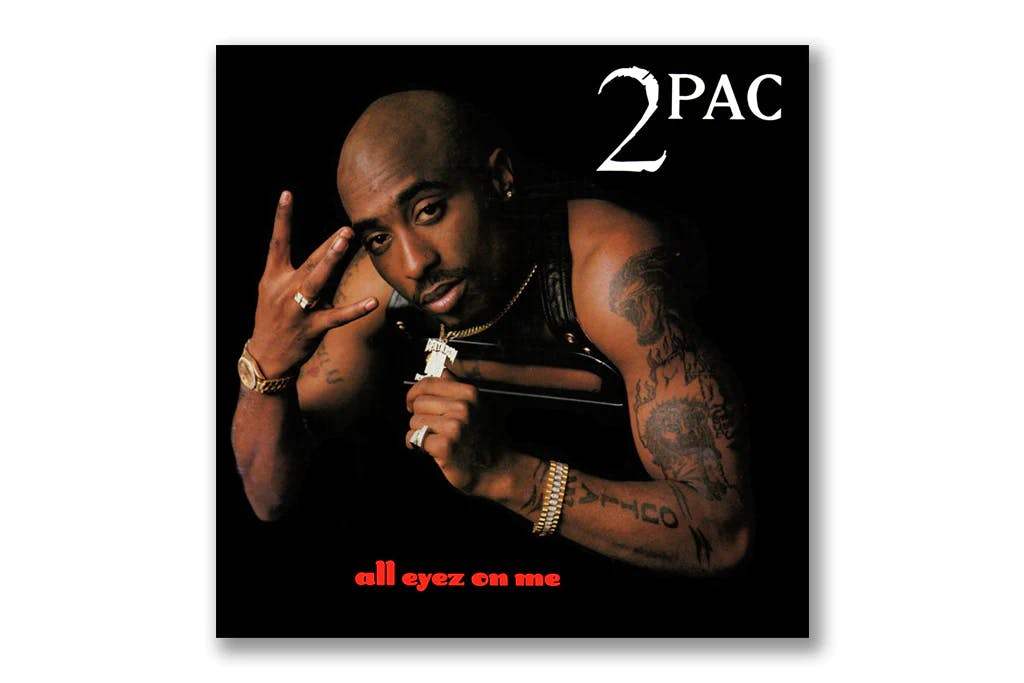
All Eyez… would be a dominant album throughout 1996, as singles like “How Do U Want It” and “2 of Amerikaz Most Wanted” with Snoop helped affirm Pac as a chart-buster. It would be his most commercial project and also his most controversial one. "...Most Wanted" would feature as its b-side the infamous “Hit ‘Em Up,” a flamethrower of a diss track that featured 2Pac and his crew, The Outlawz, aiming squarely at Biggie, Bad Boy Entertainment, and other East Coast figures like Mobb Deep. It fueled a feeling of doom that seemed to be lingering over rap music suddenly, but it also kept 2Pac at the forefront of fans' and commentators’ ongoing chatter.
Things came to a famously tragic ending in September 1996, when 2Pac was shot in Las Vegas after a Mike Tyson fight. Shakur died days later in the hospital, and the outpouring of grief for the mercurial rapper was profound. Less than a month after his passing, Death Row released the album he’d just finished under a new name: “Makaveli.” The Don Killuminati: The 7-Day Theory dropped in October 1996, just months after All Eyez On Me hit stores. The album topped the charts with Pac’s death still fresh, giving 2Pac two No. 1 albums in the same year.
DROP YOUR EMAIL
TO STAY IN THE KNOW
It’s quite an accomplishment for any artist to achieve the feat of a no. 1 album, let alone to pull it off twice in one calendar year. That 2Pac’s achievement came shrouded in drama and death will always make it a bittersweet factoid, and The Notorious B.I.G.’s murder just six months later only adds to the darkness.
The albums released amid all of the murder and mayhem saw tremendous commercial success, but it begs the question: does Hip-Hop as an industry profit too much from untimely death?
We’ve lost so many artists in the years since 2Pac was killed, and so often today, their demise raises a rapper’s profile exponentially. It’s a cynical and sad commentary that Pac sets a precedent for.
As we celebrate a career cut far too short, and as we look back at the legacy of both 2Pac and The Notorious B.I.G., it’s essential not to let that be glossed over. We can’t keep allowing death to define so much of this music and the legacies of artists. As Biggie once famously rapped: you’re nobody til somebody kills you.

